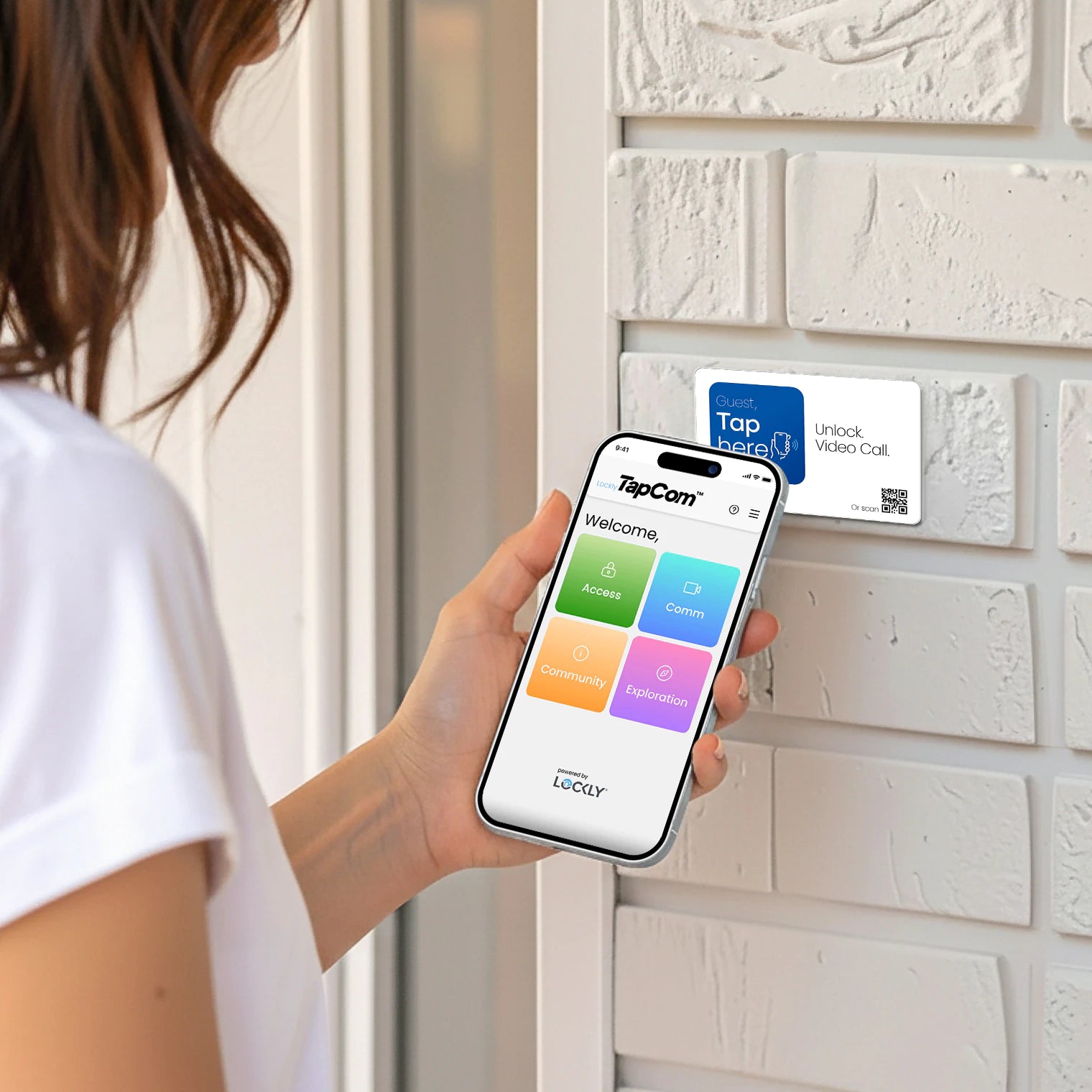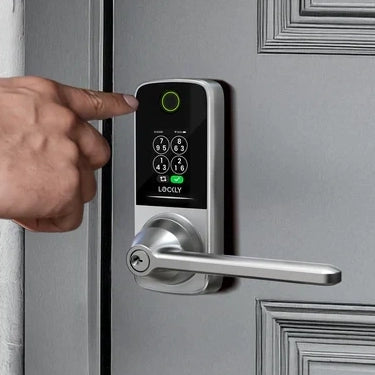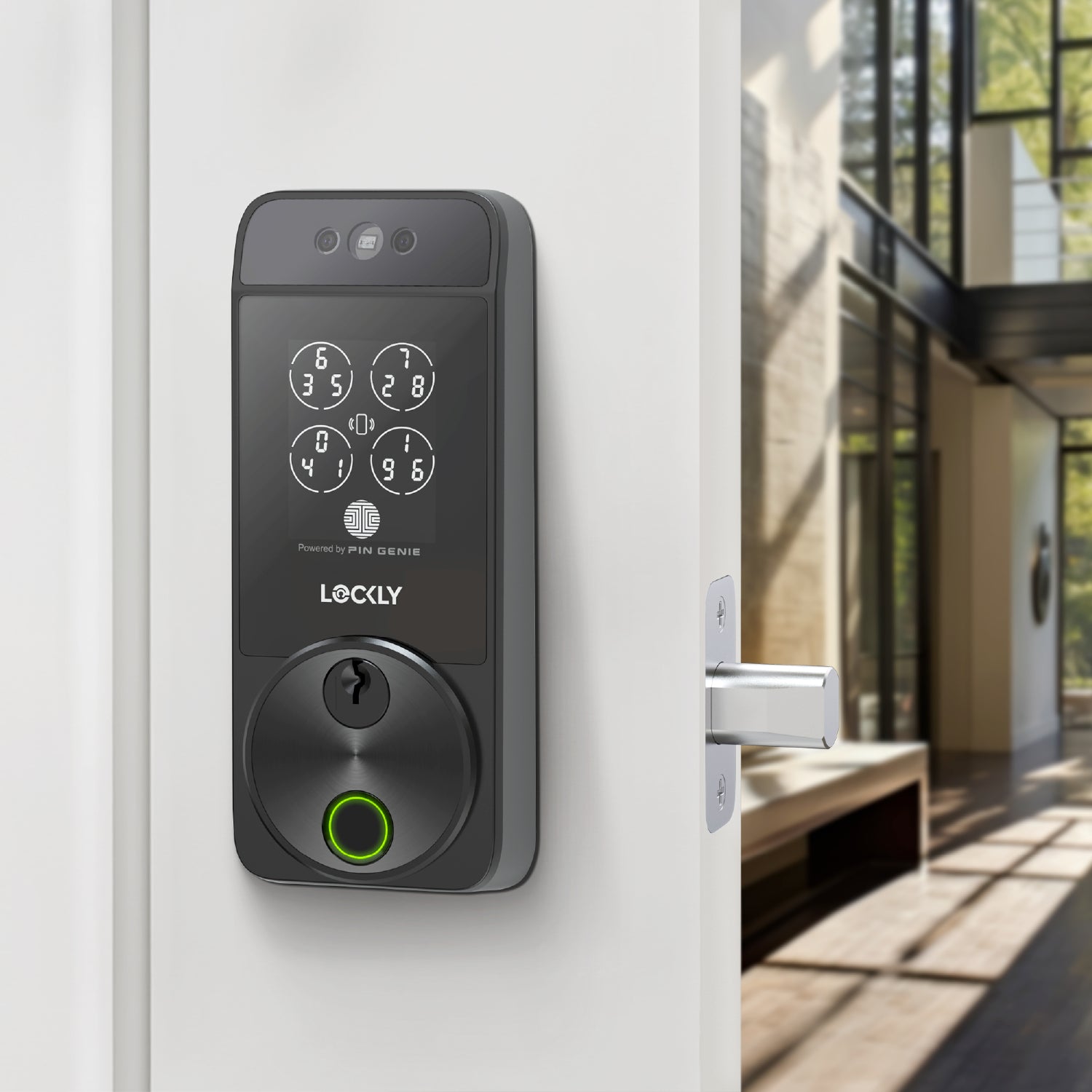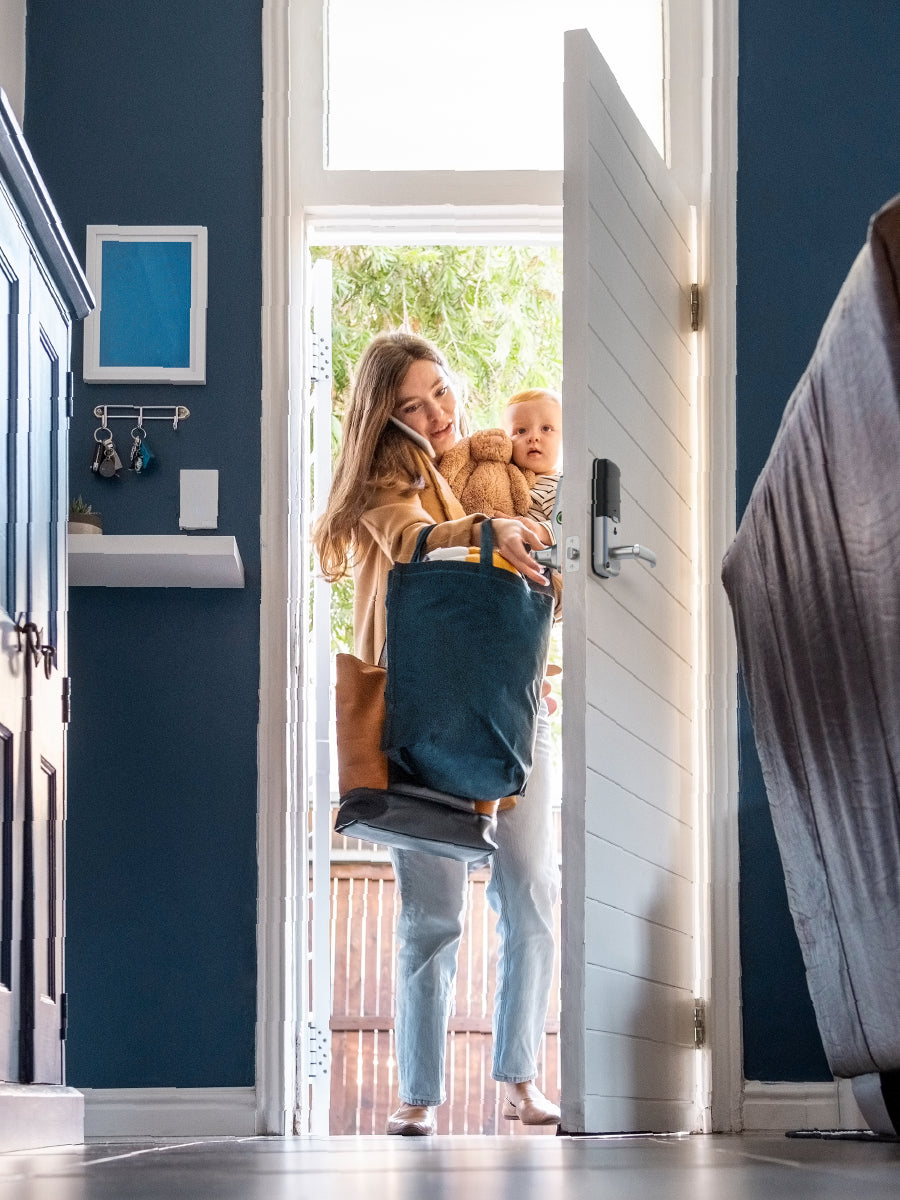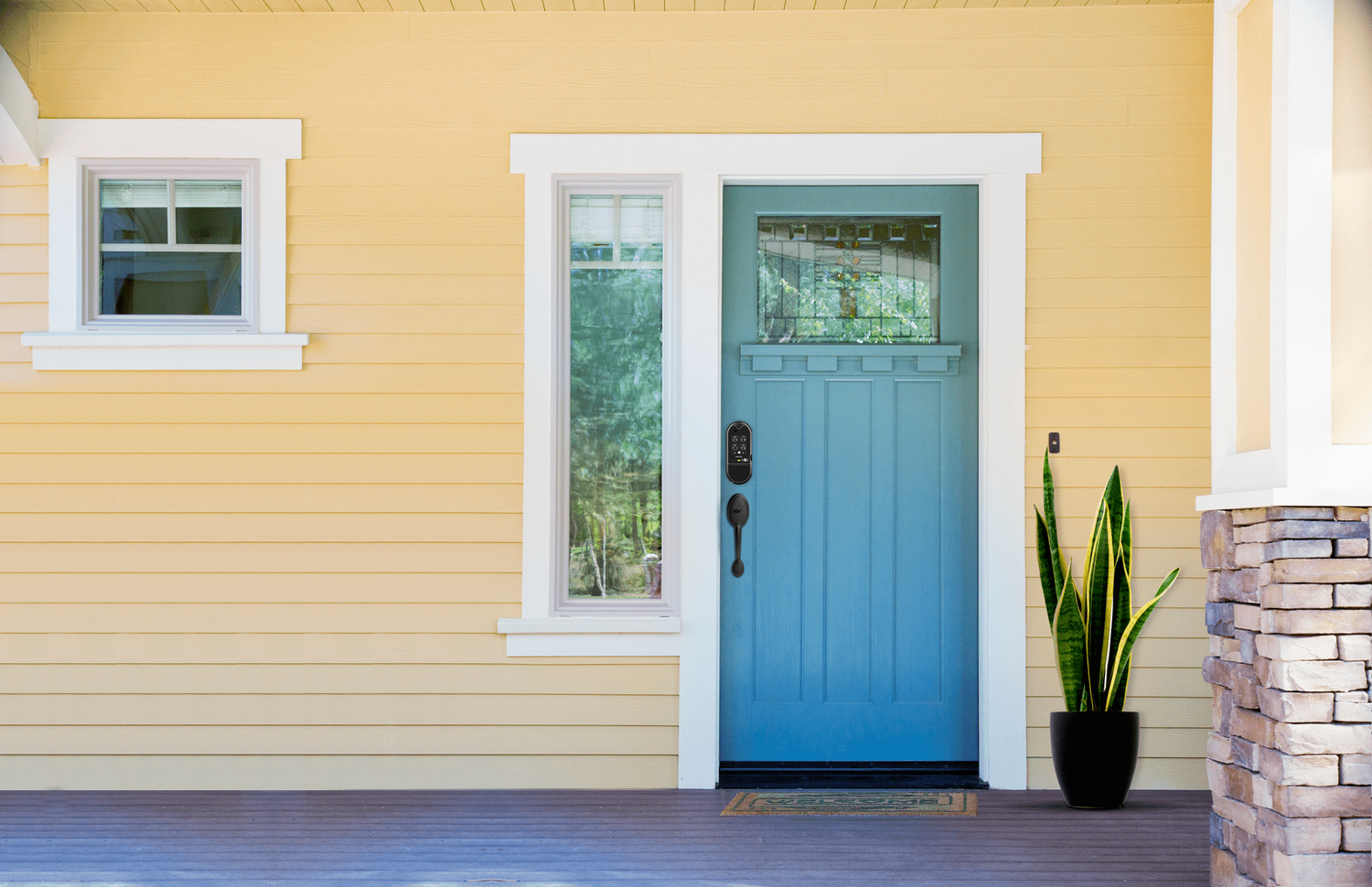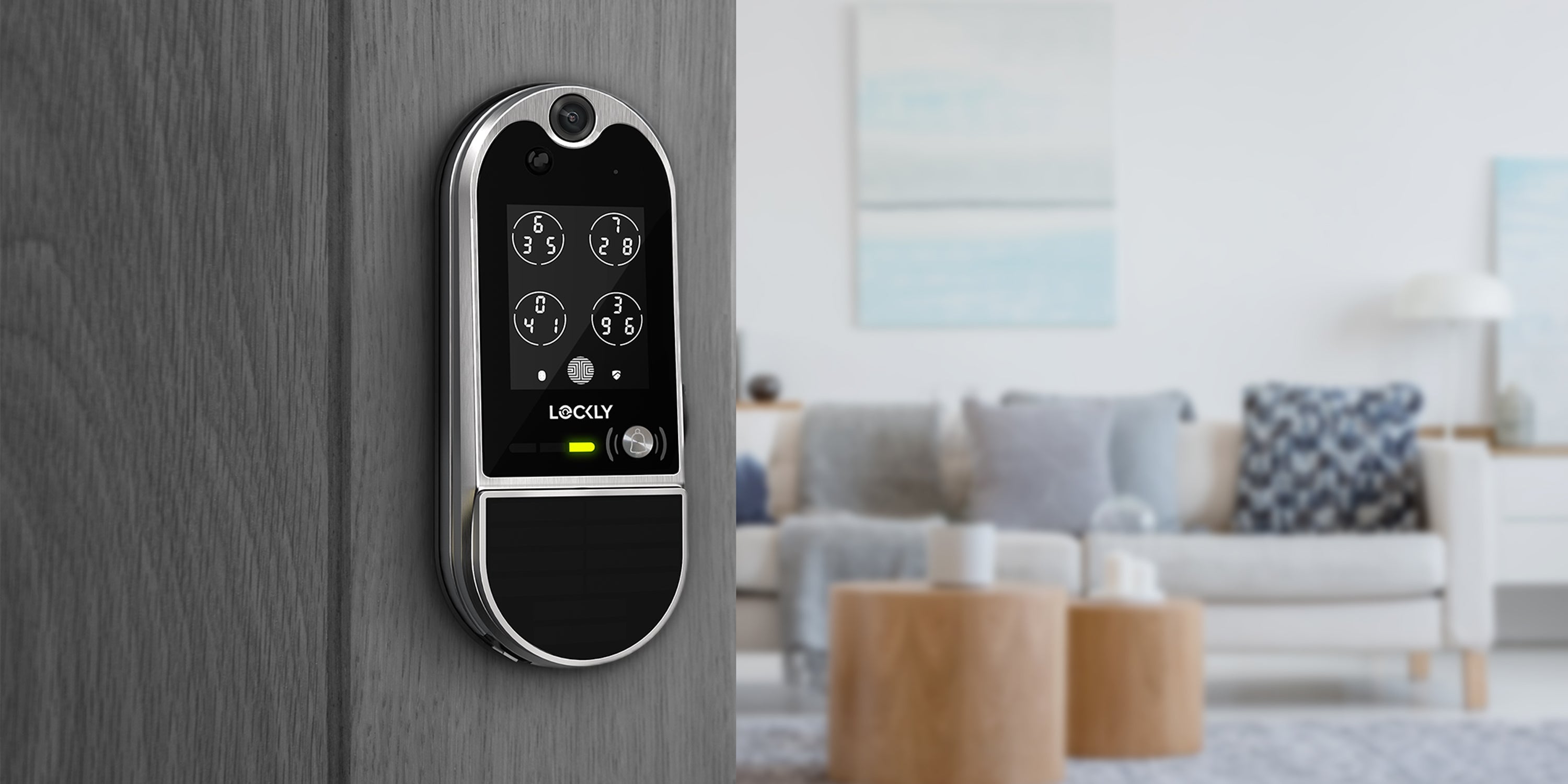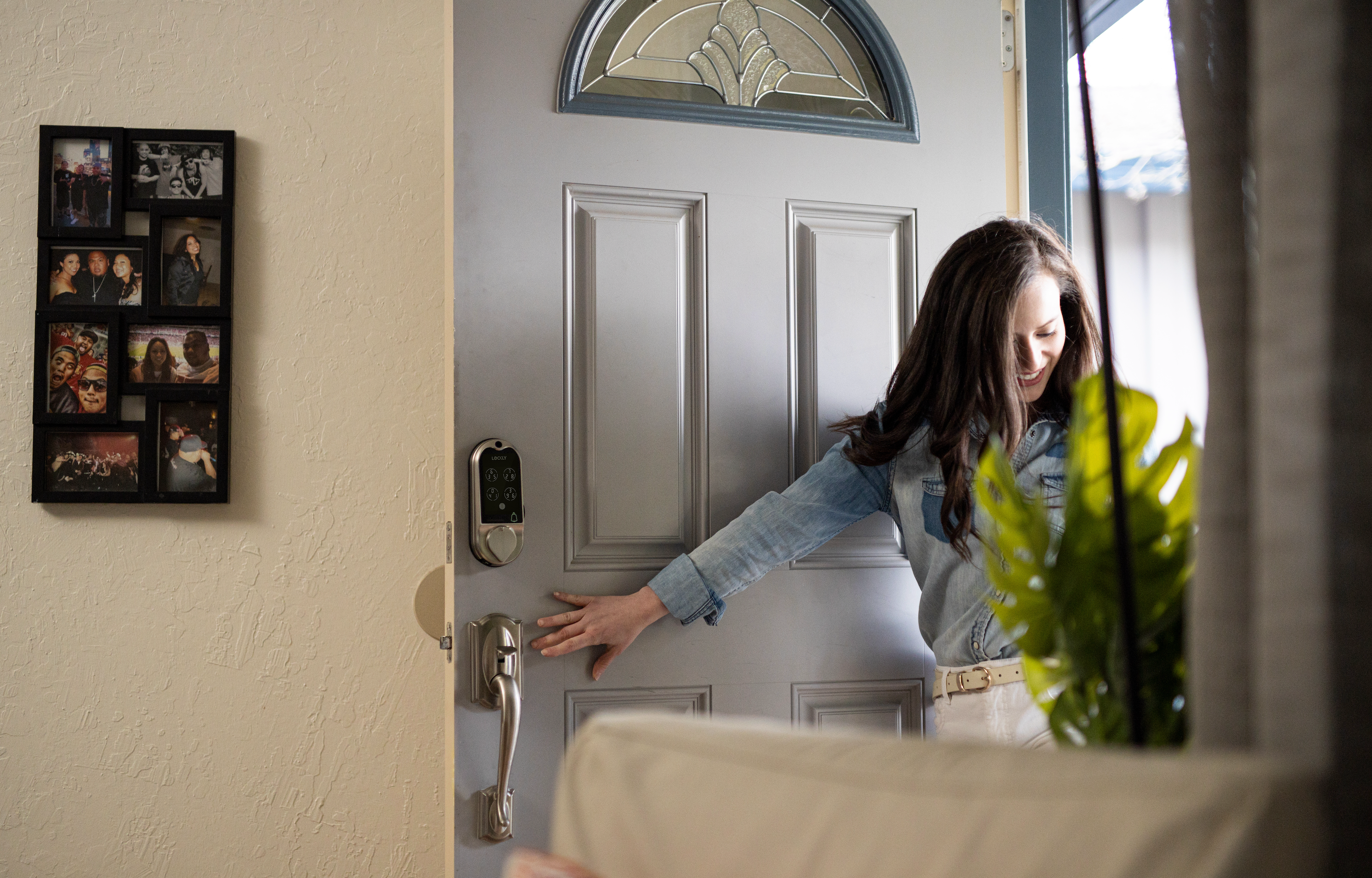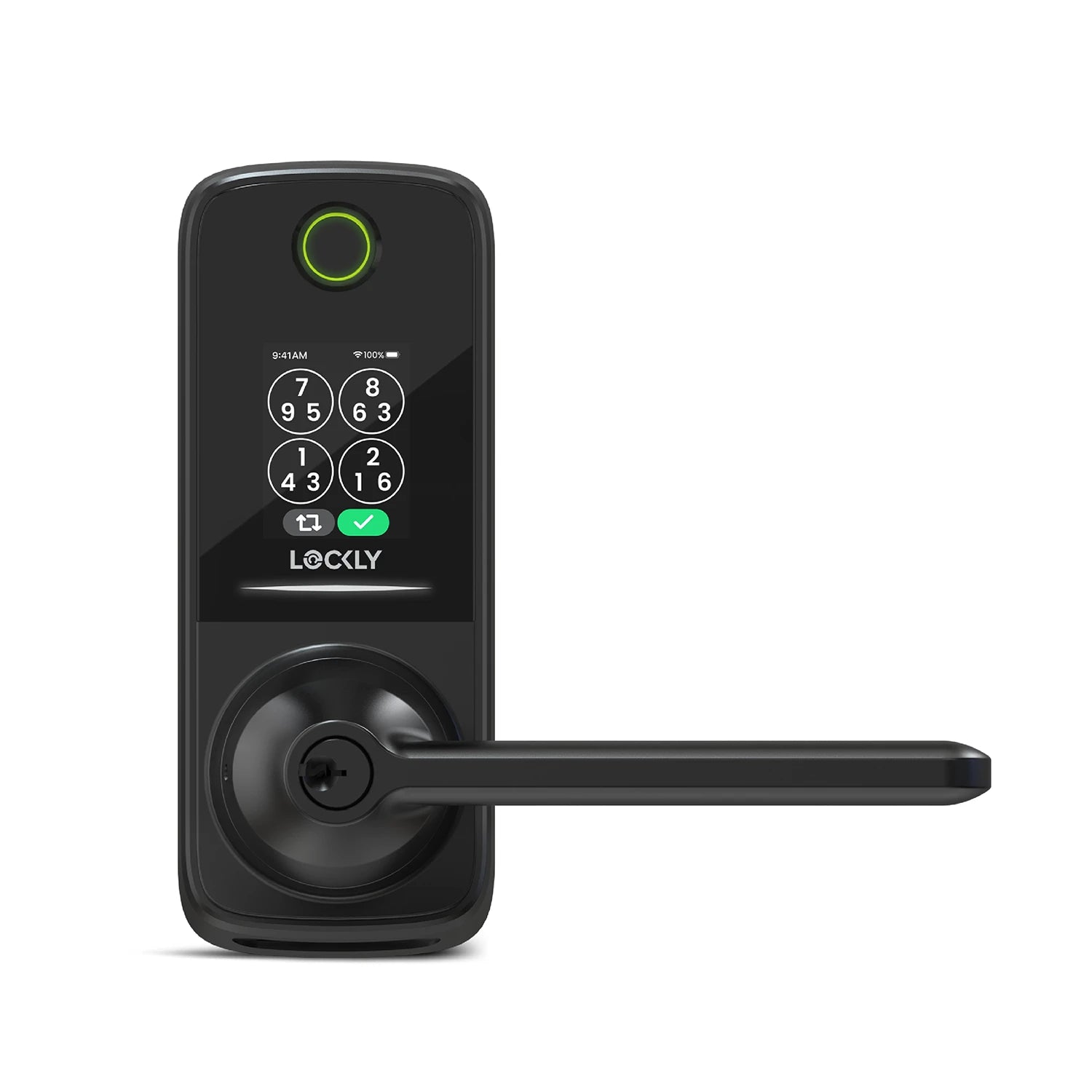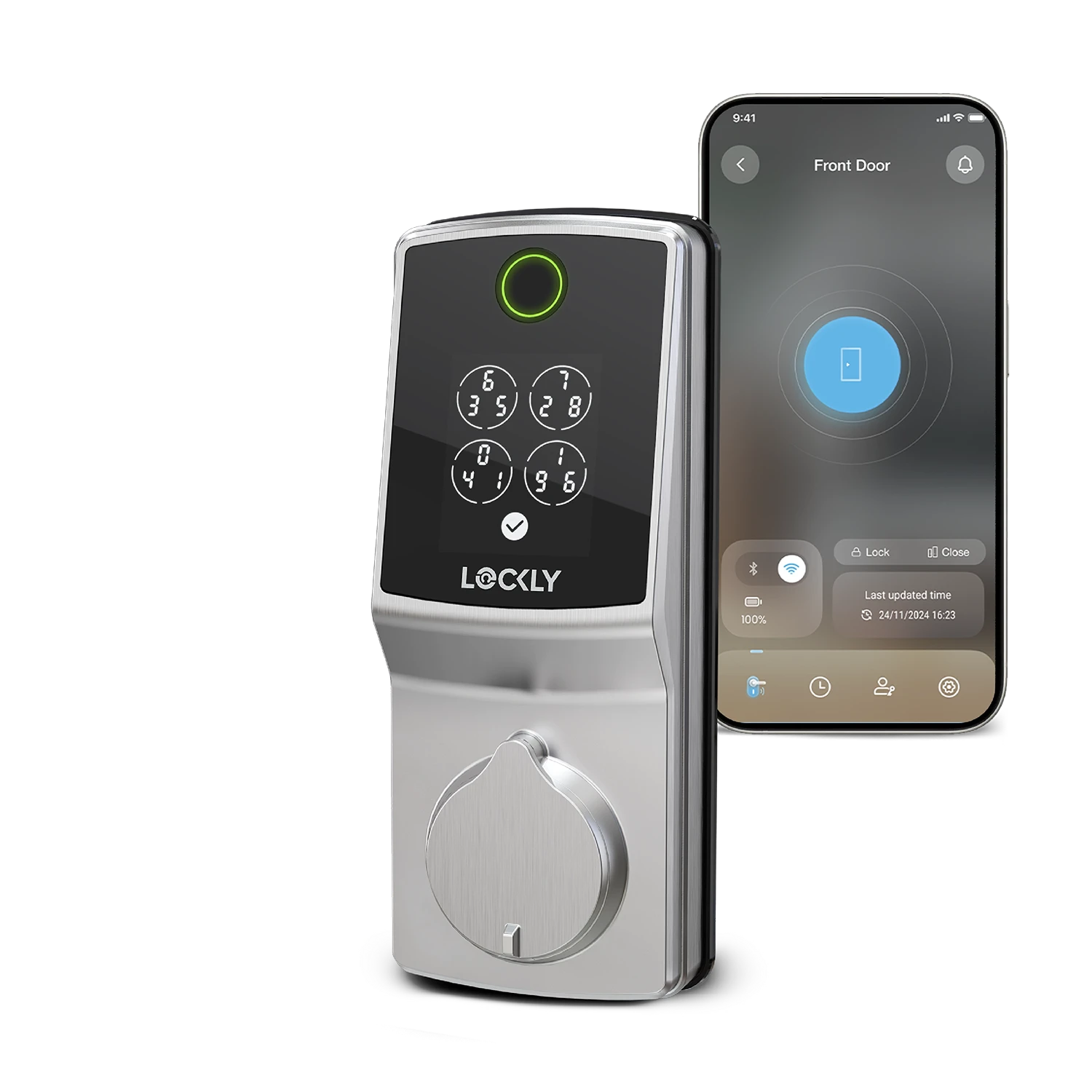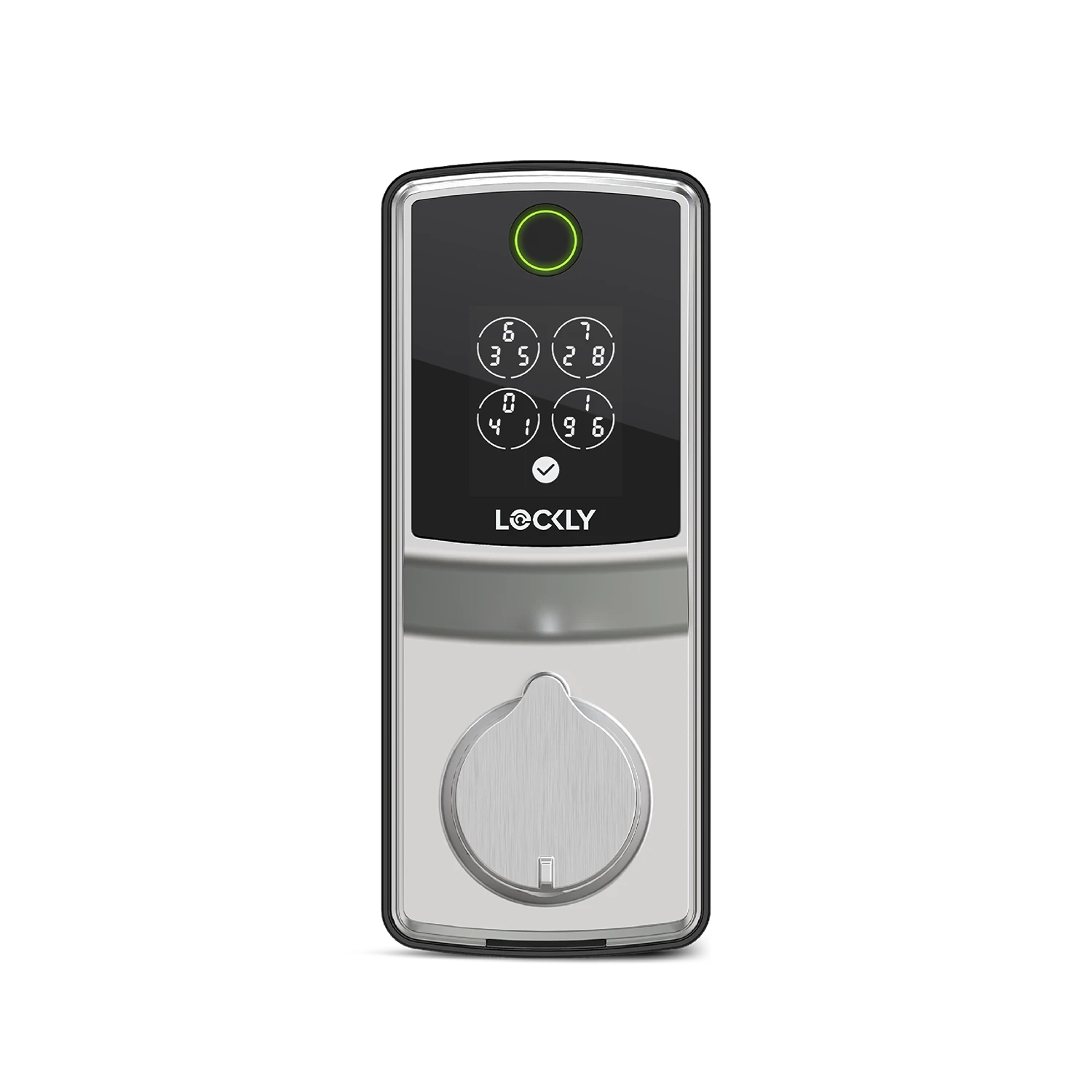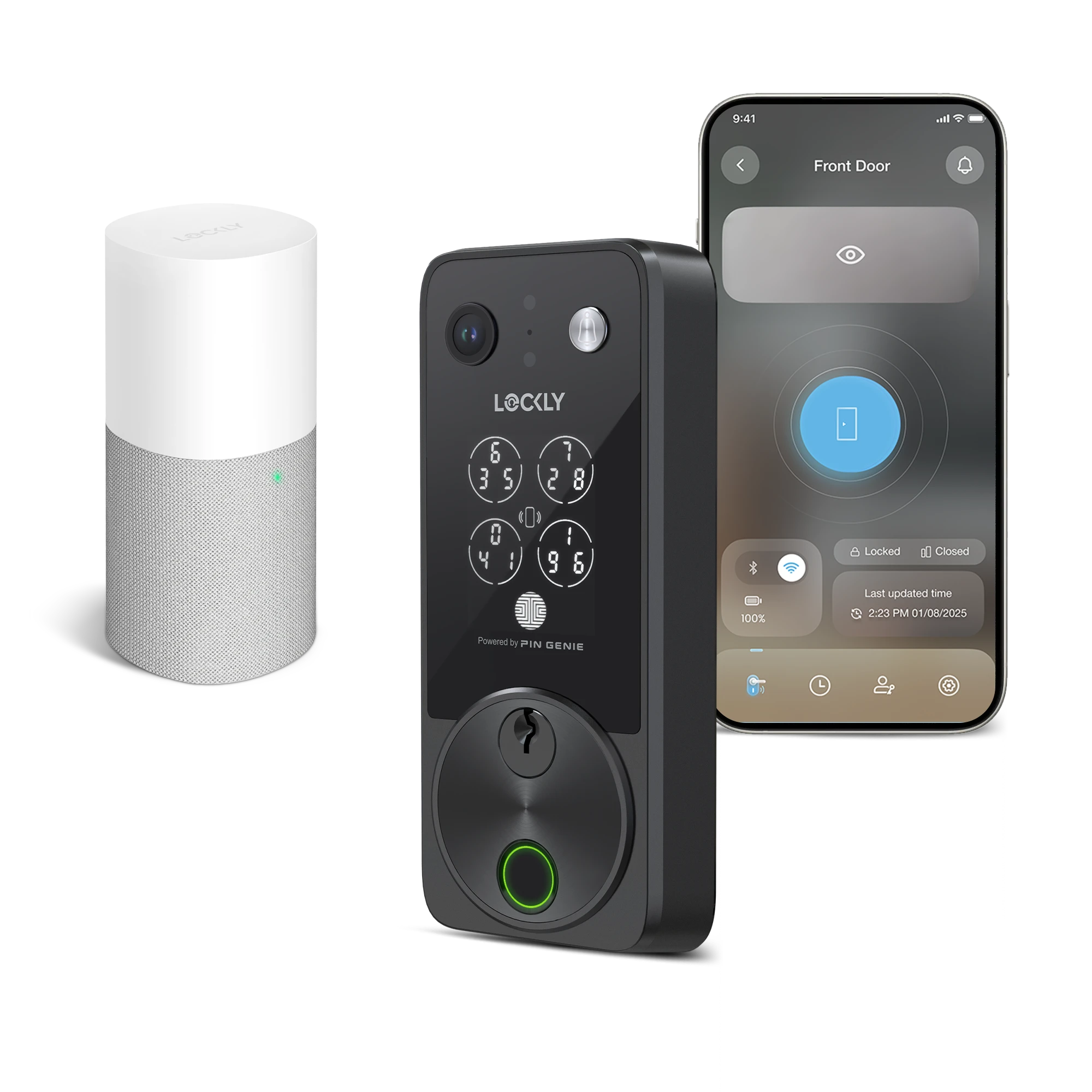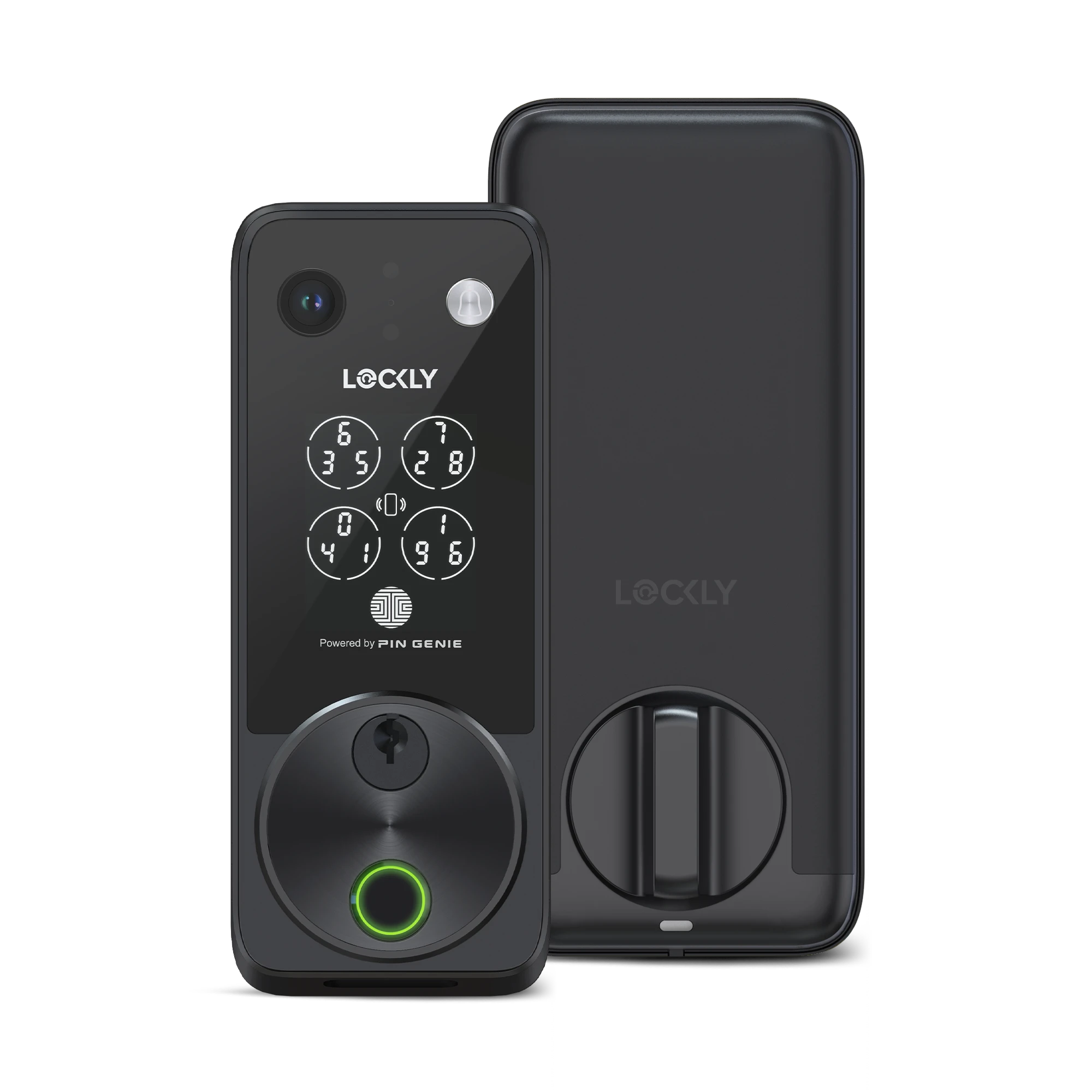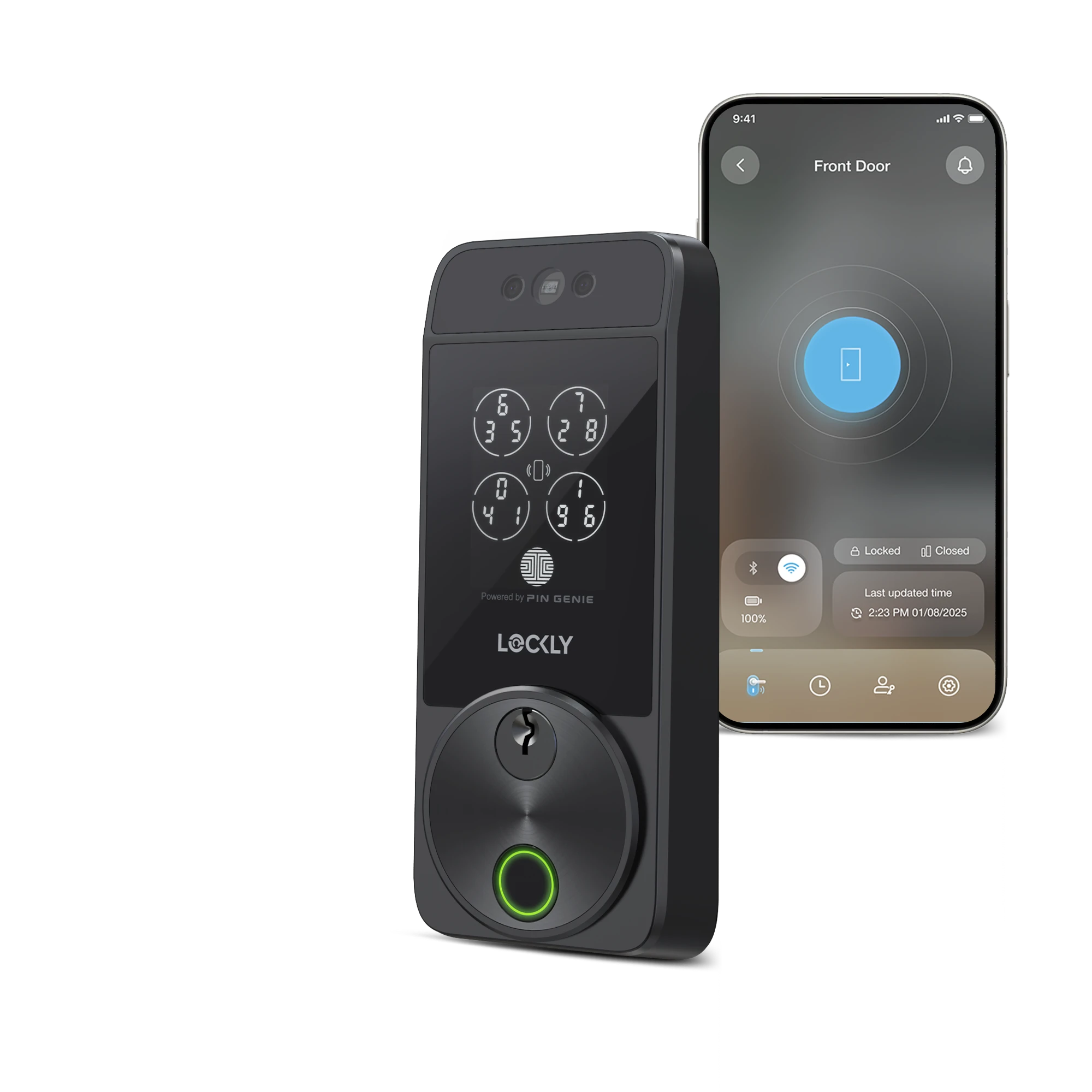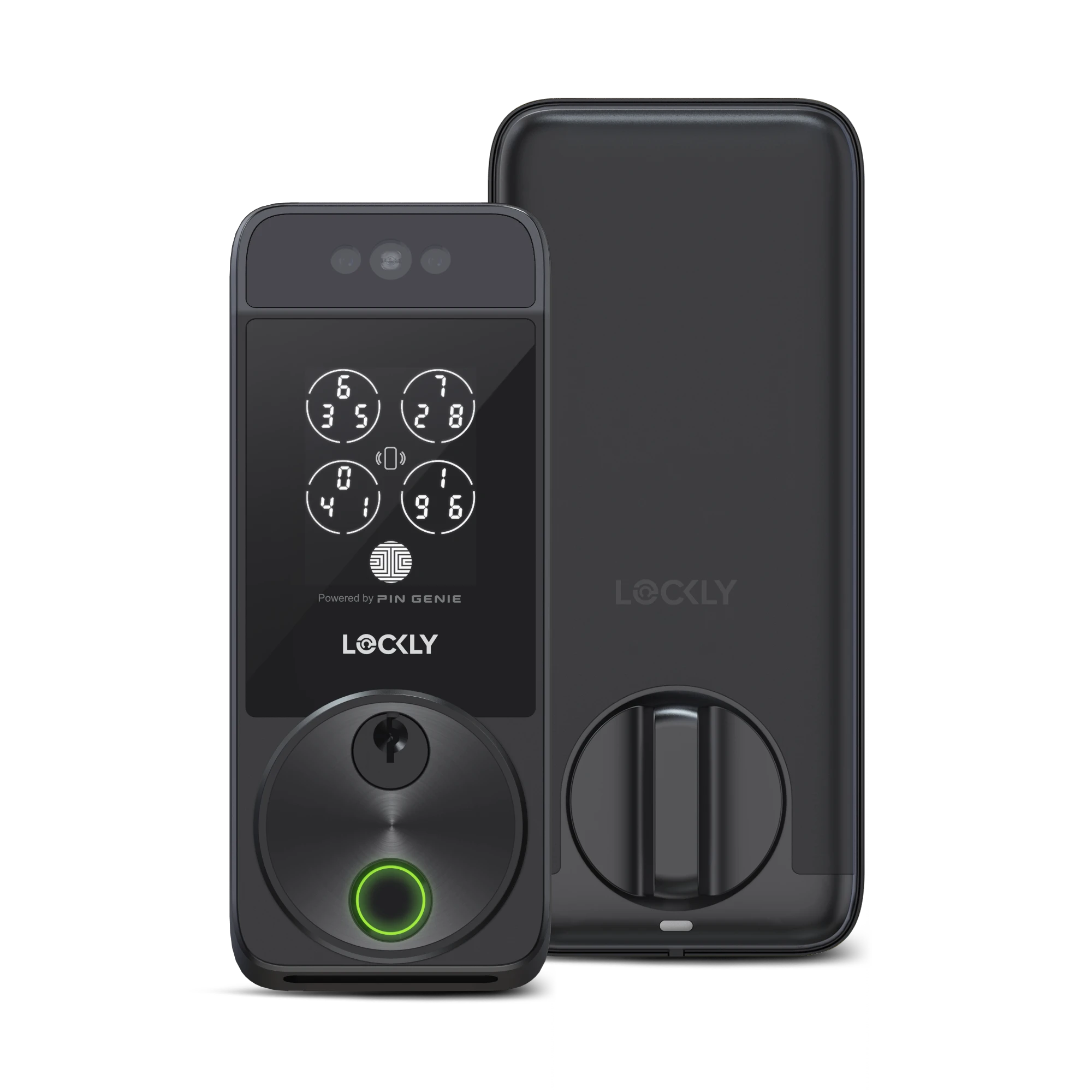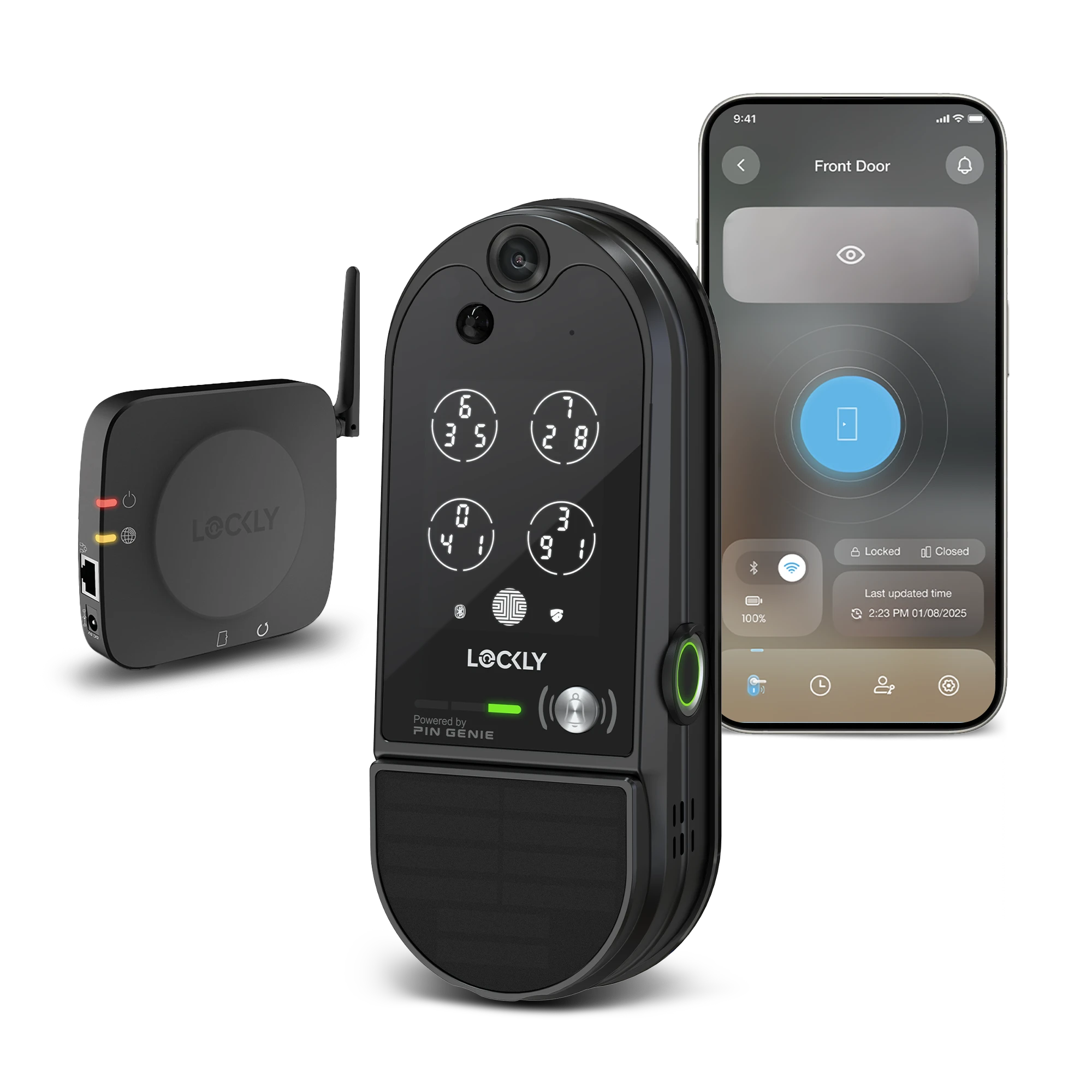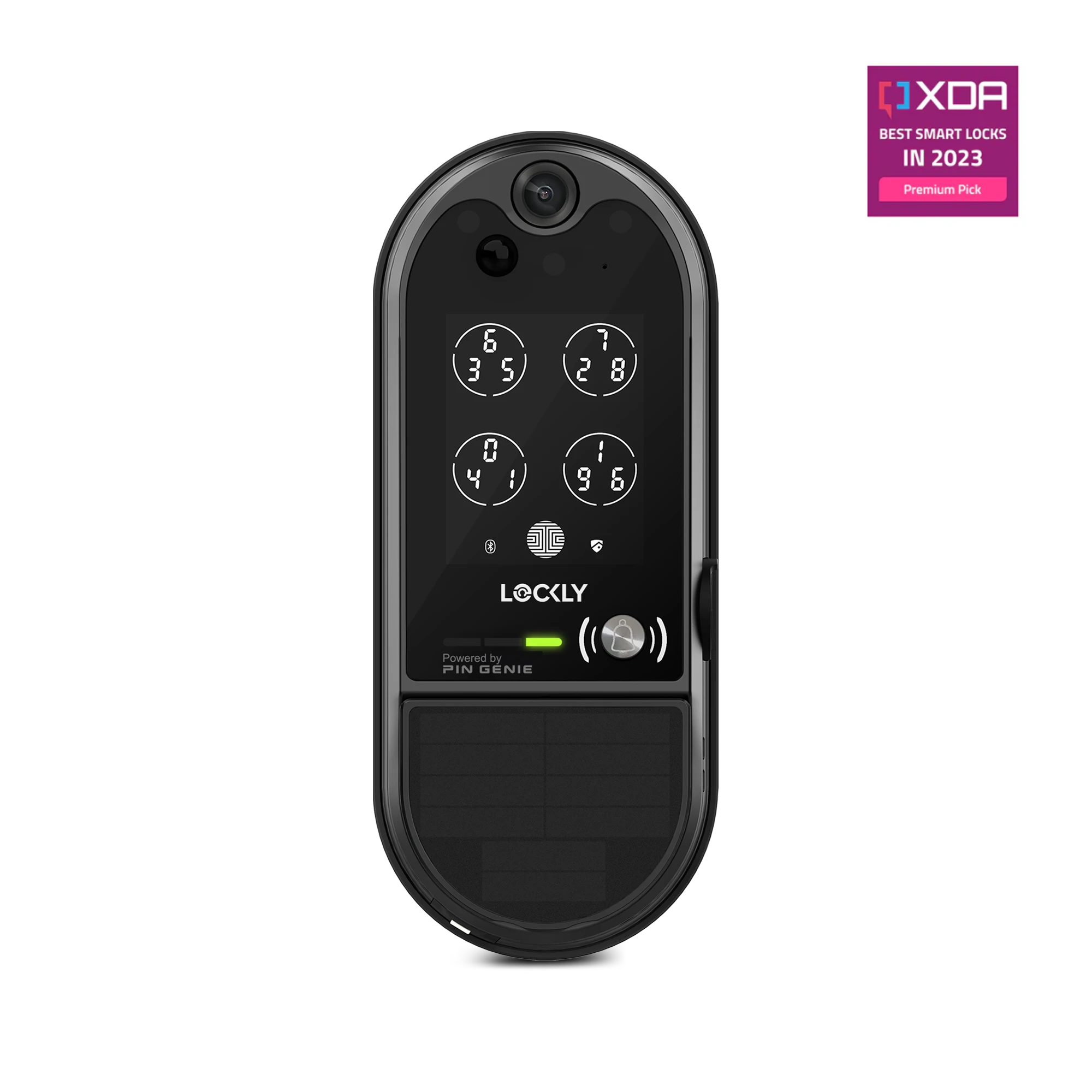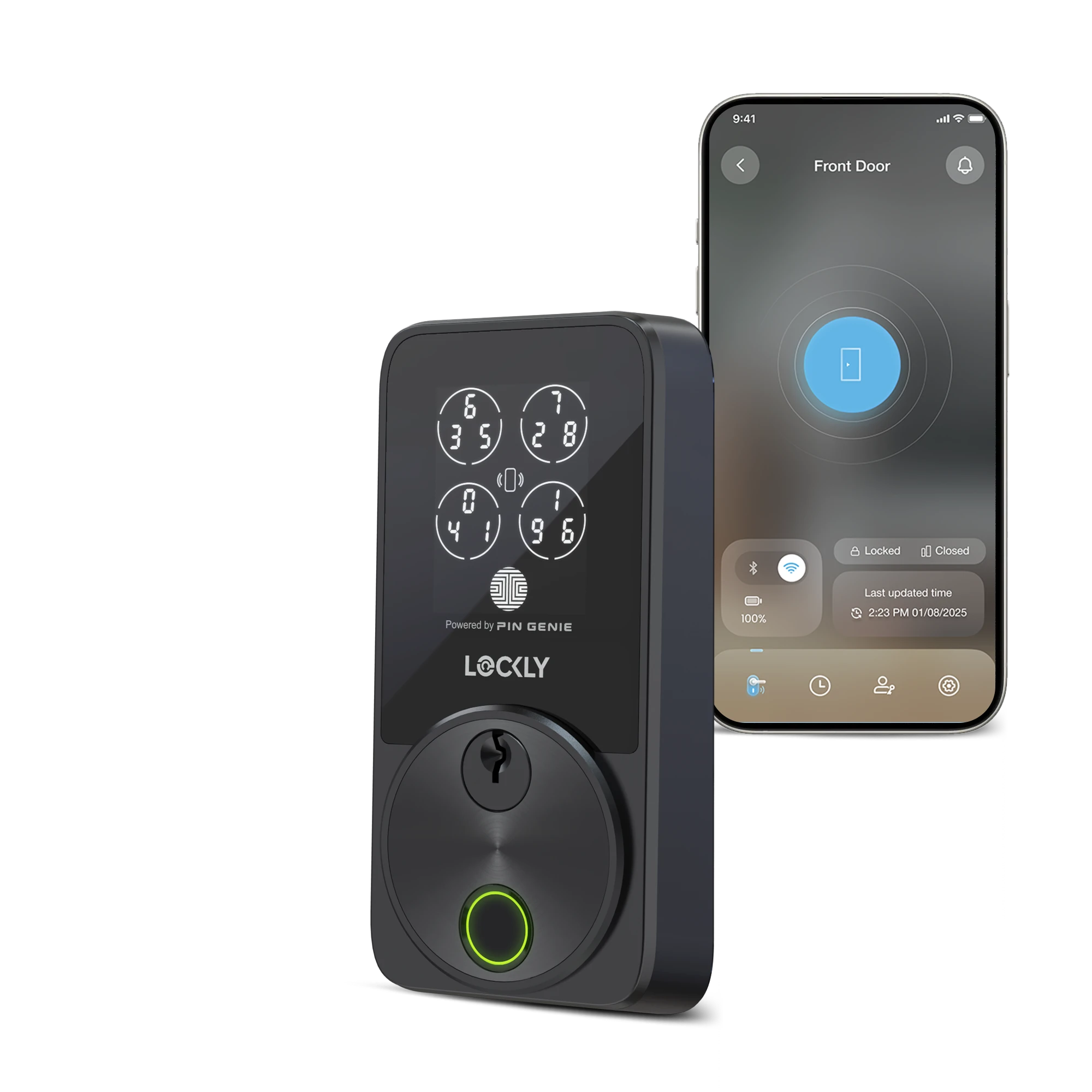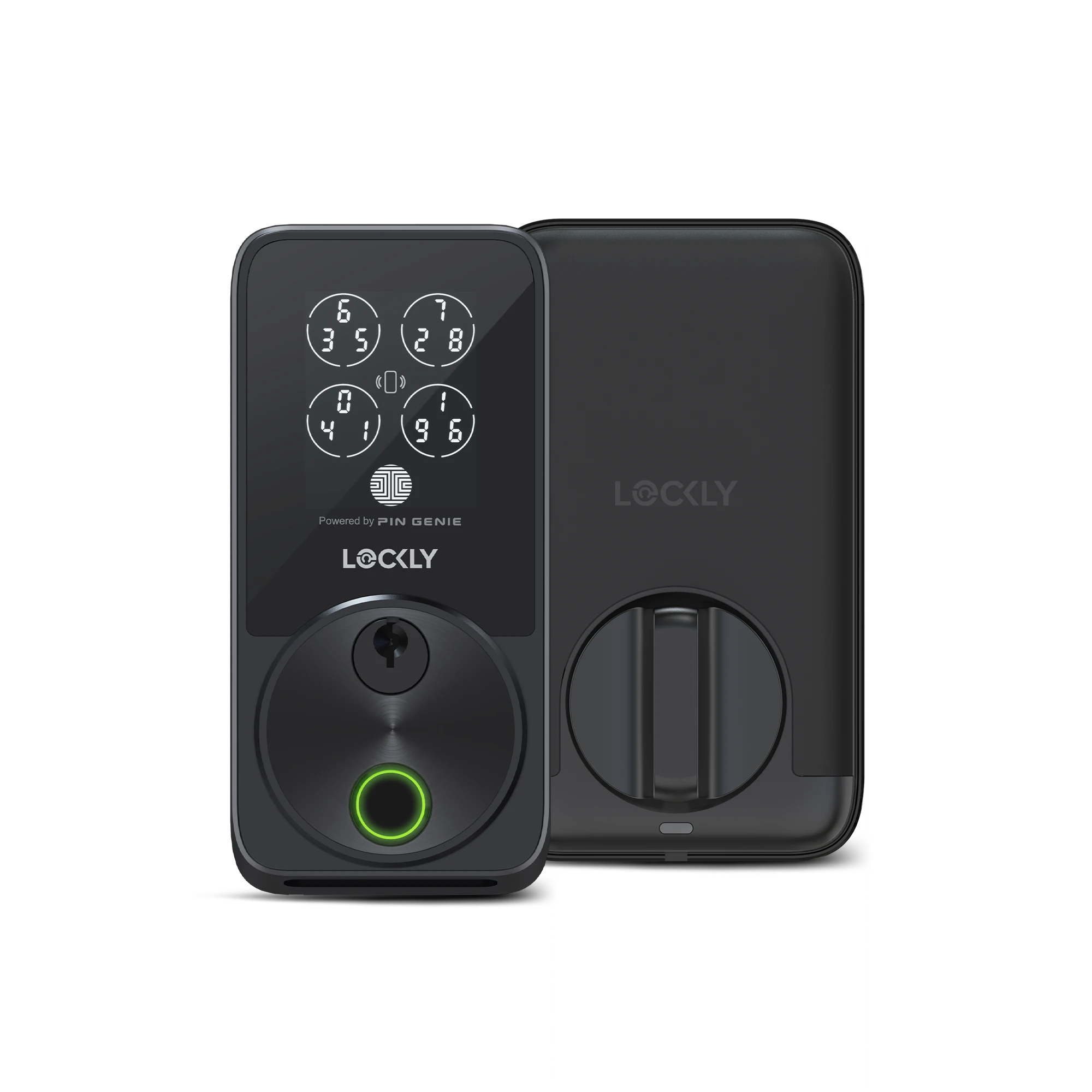Smart devices aren’t just revolutionizing our home lives in terms of convenience and connectivity (though they’re doing that, too), they have the potential to turn your living space into an eco-conscious, energy-efficient home. As of 2020, residential energy accounts for about 20 percent of greenhouse gas emissions in the United States, per the National Academy of Sciences – but more optimistically, the same source notes that houses are becoming more energy efficient, too. Here’s how to ride the green wave to a more energy-efficient home, where your conservation efforts don’t just ease the environmental impact, they also help you cool down on spending.
What Is an Energy-Efficient Home?
To put it simply, an energy efficient home is a household that prioritizes the conservation and efficacious use of these utilities and others. Smart devices can help eco-conscious homeowners on that path in a whole multitude of ways. Alongside modern devices that straight-up consume less energy than their more dated predecessors, household smart tech monitors, tracks and analyzes energy consumption, all while communicating and synergizing with other smart devices in the home to automatically conserve energy wherever it can.
Why Should You Prioritize Energy Efficiency at Home?
In 2023, the average price of electricity in the US increased about two cents from the prior year, rising to roughly 15.47 cents per kWh, meaning that monthly average electricity usage can clock in at around $137 – and that’s just for a single utility. In a 2022 smart home study, the International Journal of Engineering and Research found that energy-efficient homes featuring just some smart tech devices conserved as much as 2,765 kWh annually. For power usage alone, that could add up to a yearly savings of more than $427, all for a one-time investment. It’s important to note that smart home technology can help conserve much more than just electricity, too.
Of course, there’s also a significant ethical component to keeping an energy-efficient home. Greenhouse gas emissions, which result from the burning of fossil fuels we currently rely on to produce much of our energy, accelerate global warming, which in turn expedites serious climate disasters, drought and the extinction of entire animal species. In the nearer term, reducing greenhouse gas emissions can also drastically improve local air quality, which is hugely important to overall health.
Speaking to NASA, Duke University climate scientist Drew Shindell sums it all up: “Emission reductions help us in the long term to avoid disastrous climate change. But the benefits that we can quantify for health, agriculture, wellbeing, medical expenses, labor and the economy are overwhelmingly driven by clean air in the near term.”
3 Steps to Creating an Energy-Efficient Smart Home
Smart tech for an energy-efficient home caters to literally every room in the house, and sometimes even beyond, extending to the yard, pool, garage and more. You’ve definitely got options, but for simplicity’s sake, let’s break those options down into three key categories for creating a truly energy-efficient home space:
Prioritize Climate Control
- Climate control accounts for the single largest use of electricity in US households, but a smart thermostat can drastically reduce that usage by automatically optimizing temps based on your habits, regulating climate per room zone and cutting back when you’re not at home
- Smart air conditioners offer a more affordable alternative to smart thermostats, offering remote options so that you turn off your window unit remotely and only turn it back on as you’re nearer to home
- Integrated smart ceiling fans can cool a room by about 4 degrees, with motion sensors that detect when someone’s in the room and connectivity features that enable them to cooperate with smart thermostats for even greater energy efficiency
- Smart windows and blinds also synergize with smart thermostats to help significantly cool your space with hardly any power draw, opening and closing remotely or automatically, thanks to built-in sensors
Go For Electrical Efficiency
- Smart plugs can be added to virtually any outlet for a small cost, and can schedule on-off functions for your appliances, lighting or devices. Some can even track energy usage and automatically cut power when devices aren’t in use (sometimes, devices still draw power after you turn them off, a phenomenon known as “vampire” power usage)
- Smart lights utilize LED bulbs, which use 75 percent less energy than old-school bulbs and their dimming features can save another 40 percent on top of that
- Smart energy monitors plug right into your energy-efficient home’s electrical box, allowing you to observe and track energy usage cumulatively and in real time to identify opportunities for better conservation
- Smart appliances can also save on power – smart fridges alert you when the door is open and distribute cooling based on contents while smart ovens automatically shut down when food is done, for instance
Conserve Water
- Smart leak sensors and smart water valves notify you when there’s a leak under your washing machine or kitchen sink, for instance, helping conserve the more than 1 trillion gallons of water wasted by household leaks every year
- Smart water heaters only heat up water as needed, and can be easily controlled via app when you’re on vacation or a leak appears
- Equipped with motion sensors, smart faucets and smart faucet attachments help ensure that the water’s only running when you need it, helping conserve gallons of water usage
- Smart sprinklers can assess soil moisture, plant types and even local weather conditions to automatically schedule efficient lawn irrigation
Don’t Forget the Smart Locks
Smart home security systems are an essential pillar of an energy-efficient home, especially as cutting-edge smart security combines what used to be a series of power-hungry devices into sleek, singular packages, like Lockly’s next-gen video smart locks.
The Lockly Vision Elite, for instance, rolls a convenient network-connected smart lock and full HD security camera into an energy-efficient combo through solar trickle charging. In other words, the lock uses its built-in solar panel to enhance the life of its Lithium battery.
More than that, motion sensors ensure that the camera automatically powers on as needed, and the high-energy lithium rechargeable battery features solar-enhanced charging for even greater longevity.
Looking for a fast and easy way to smarten your lock or safeguard a second entry to your home? Lockly’s Flex Touch Pro is compatible with most single-cylinder deadbolts and provides a variety of innovations such as remote control, real-time monitoring and voice control via Alexa or Google Assistant.
The good news is, smart home devices are often as modular as they are diverse, so you can upgrade your home’s energy efficiency at your own pace, according to your own budget. But it all begins with a first step – why not start right at the front door, with Lockly?
Dan is a Dallas-based freelance and small business writer with more than a decade of experience. In the tech and business worlds, he’s been fortunate enough to collaborate with Samsung, Verizon, Motley Fool, USA Today, Linksys, Vizio and many more.
Sources
Proceedings of the National Academy of Sciences of the United States of America - The Carbon Footprint of Household Energy Use in the United States
U.S. Energy Information Administration - How Much Electricity Does an American Home Use?
U.S. Energy Information Administration - Electric Power Monthly
United States Environmental Protection Agency - How We Use Water
International Journal of Engineering Research and Technology - The Impact of Smart Homes On Energy Consumptions - A Survey
NASA - Reducing Emissions to Lessen Climate Change Would Yield Dramatic Health Benefits by 2030
The New York Times - Wirecutter: How to Save Money and Energy With Smart Home Devices
Enercare - 8 Ways Your Smart Home Can Save Energy

